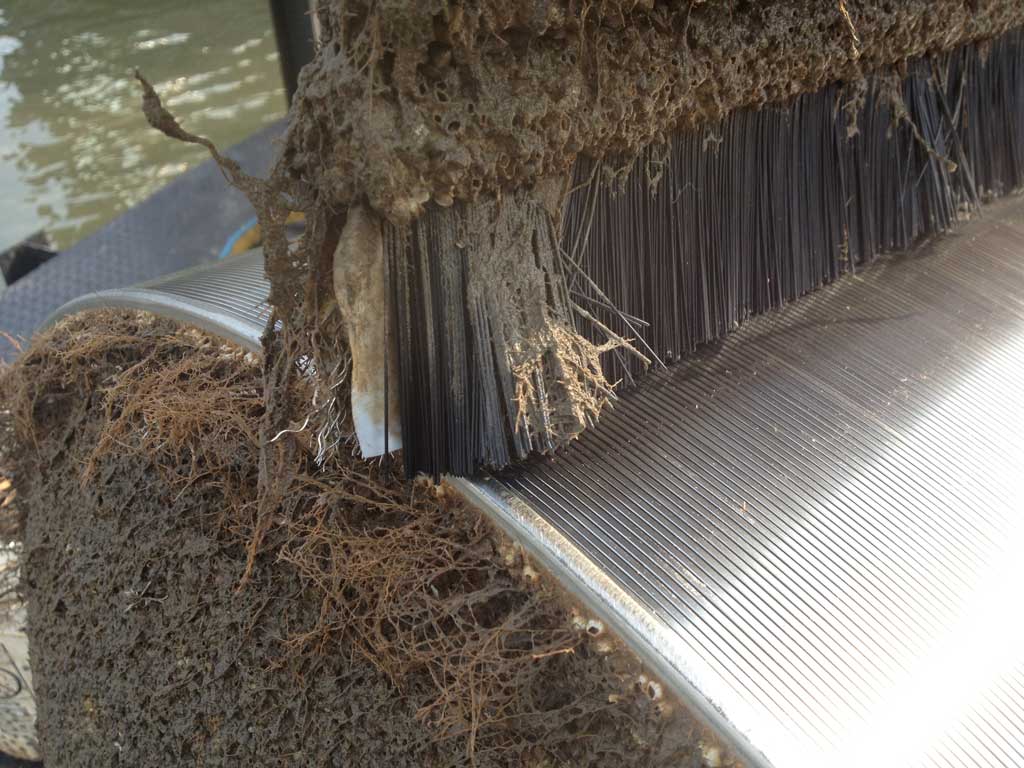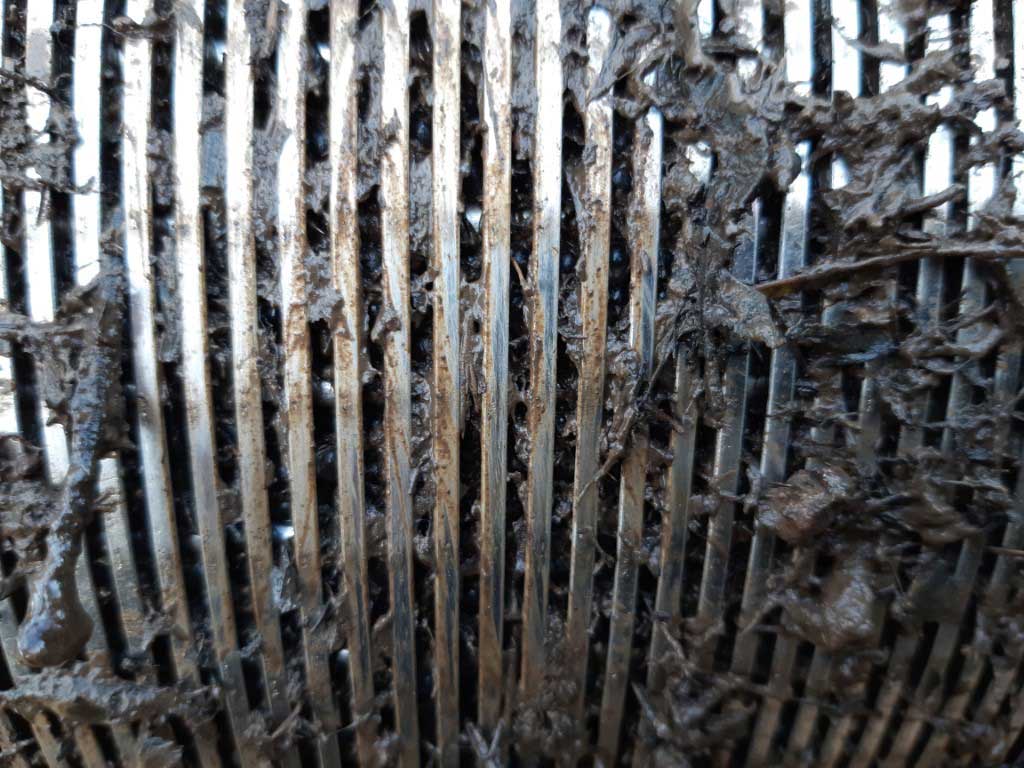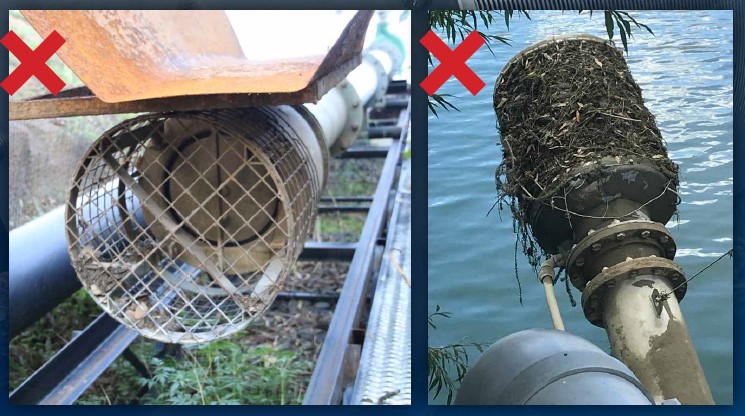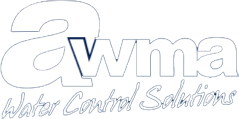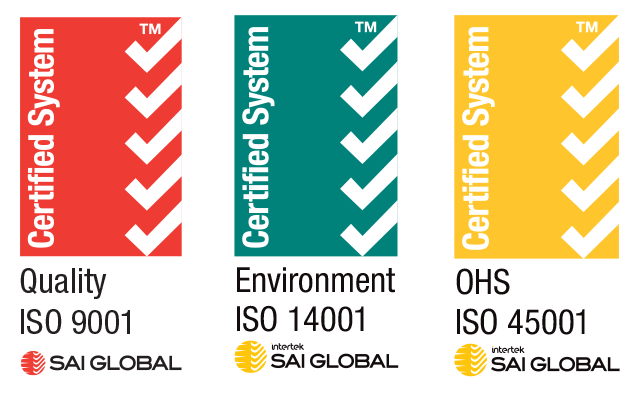Operationally, keeping the Fish Exclusion Screen (FES) clean is the most important factor in sustainably protecting fish populations when using physical screens.
A Fish Exclusion Screen conforming to relevant guidelines cannot be passive (not cleaned), nor can it be a manual process. It has to be an automated process to ensure the screen stays clean and the designed approach velocities are conforming at all times regardless of regular maintenance or attendance to site.
A well designed Fish Exclusion Screen typically requires very low duty cycles for screen cleaning, often only once a day for a few minutes. This does depend on the screen cleaning type and the operating environment. A low cleaning duty cycle will reduce Fish Exclusion Screen maintenance and whole of life costs.
Cleaning of the screen should be considered when the diversion is in and out of use. Long periods of stagnation can still see the screen being blocked by algae and other contaminates making start up difficult. A maintenance regime should be employed in an off-season or during prolonged times of non-use. This will typically be the same cycle but less regular.
Keeping screens clean not only protects aquatic life it also ensures efficient, high quality water delivery and pump efficiency and therefore reduced maintenance of infrastructure and lower energy costs.

